According to a recent survey, 45% of diners specifically look for photos of food while browsing a restaurant’s website and deciding where to eat. That percentage increases when we look specifically at younger diners, especially among Gen Z and Millennials. When it comes to advertising in this day and age, brands understand that food photography is one of the most powerful tools they have at their disposal. When used correctly, it can be a determining factor in attracting new customers.
In recent years, photogenic foods like “unicorn toast,” “rainbow bagels,” and “sushi donuts” have flooded our social media feeds, whetted our appetites, and influenced viral ad campaigns. It’s an exciting time to be a commercial food photographer, so we decided to take a look at how the industry and its aesthetics have evolved—and where they’re heading in the coming years. Use these tips to update your Licensing portfolio and appeal to the next generation of image-buyers.
Go natural
Move over, glossy, highly stylized still life; today’s food photography is heading toward a more authentic, “dressed down” look. A great way to get a feel for this kind of contemporary food photography is to look at top food blogs and social media feeds, where the work tends to feel more approachable and relatable.
You don’t need an elaborate studio setup or a big budget to capture appetizing images; instead, use a simple softbox or—even better—find a room at home with beautiful, natural light and use curtains to diffuse it.*
Natural food styling is also on the rise, so don’t feel obligated to capture the “picture-perfect” aesthetic. For a “messy chic” vibe, think about incorporating details like a sprinkling of breadcrumbs or a splash of lemon. These “perfectly imperfect” touches can convey a homey, lived-in atmosphere and add a human touch to your photos.
If you find yourself in a well-lit restaurant or cafe, that’s also a good excuse to grab some photos for your Licensing portfolio. Look for dishes that are beautifully plated but also feel real and accessible.
*Remember to turn off your fluorescent ceiling lights, as they can give your photos an unnatural, yellowish tint.
Show the process
According to a recent study, more than half (53%) of Americans consider themselves “foodies.” For today’s consumers, food is an experience to be savored from start to finish, beginning with the raw ingredients and ending with a meal with friends.
A commercial food photography shoot can take place in your own kitchen and dining room. Before you start, come up with a shot list that includes everything from selecting the ingredients to chopping up the veggies to plating the meal. Behind-the-scenes photos of raw cookie dough or homemade pasta can be just as powerful as the final shot.
You might want to consider cooking your food a little less than you normally would, as overcooking can affect the color and “juiciness” of your dishes on camera. After you’re done shooting, you can always pop it back in the oven before eating it. Remember to buy extra ingredients as well; even after you’re done cooking, these extras can serve as pretty props or garnishes.
Include a personal touch
If the popular Instagram hashtag #FoodWithAView has taught us anything, it’s that food photography is about so much more than just the food itself. It’s also about the setting and the context.
Eating is a social activity, and so consider including people in your photos—whether it’s a hand selecting fresh fruits from a grocery store or a group of friends passing dishes around the table. Invite people over for a day of cooking, baking, and taste-testing, and don’t be afraid to get your hands dirty in the process. A casual home-cooked meal with family can provide the perfect opportunity to capture immersive photos of people preparing and eating the food.
Make sure you have everyone in your photoshoot sign a model release before you start—you need them if you want to license your images for commercial use, and they’re relatively straightforward and easy to complete. Send them out via email days in advance, or ask everyone to sign hard copies at the top of the shoot.
Add some action
Not all food photos are static, so consider using higher shutter speeds to capture food and beverages in motion. This trick works especially well during the preparation process, when you’re drizzling sauces onto the plate, pouring a glass of lemonade, or sprinkling sugar onto your baked goods.
Tap into foodie culture
Staying up-to-date on culinary trends can get your creative juices flowing—and boost the marketability of your photos. This year’s emerging trends range from alcohol-free “mocktails” and kombucha to nut butter and plant-based meat alternatives. As reported by Getty Images, customer searches for bread and carbs are also on the rise, so think about incorporating trendy ingredients like rice flour or spelt into your photos.
Go international
From Filipino desserts to Taiwanese recipes and West African grains, many of today’s food trends highlight traditional cuisines and ingredients. Facebook’s 2019 Topics & Trends Report pointed to an increased interest in diverse and multicultural foods; sales of international cooking equipment are booming, and more than a third of families with young children say their kids enjoy international foods.
For commercial food photographers, tapping into local cuisine and culture will be especially important in the coming years, whether you’re traveling abroad or cooking at home. Use colors, textures, and props to pay homage to regional dishes and local specialties.
Play with minimalism
The “minimal” trend might have started on social media with popular hashtags like #MindtheMinimal, #MinimalMood, and #IG_Minimalistic, but in recent years, it’s fully entered the commercial sphere. Experimenting with minimalism can help refine your eye and add variety to your portfolio; try pulling some key dishes and props from your shoots and placing them on some simple, seamless backgrounds.
When working with minimalism, limit yourself to a clean color palette, with just two or three hues, to add a bit of “pop” to your compositions. Bold, saturated colors and tranquil, calming tones like Pantone’s “Classic Blue” are both trendy these days. Remember to leave plenty of negative space around and in between your dishes and props so that buyers can add customized copy to your photos.
Avoid copyright issues
When Licensing your photos commercially, you have to be wary of any trademarked details, like stickers on fruit or logos on crockpots. Watch out for pesky labels and packaging and any sneaky branded details on utensils or kitchen equipment (pots and pans, etc.). These will all have to be excluded from your photos or edited out in post-processing.
Try new things
In recent years, the “flat-lay” composition may have reigned supreme on social media, but there’s so much more to food photography than that familiar top-down perspective. Commercial food photography is getting more creative and less homogenous, so remember to move around and try out different angles.
Experiment on-set and see what works for the dish at hand. For example, Buddha bowls might be well-suited to the classic flat-lay format, but sandwiches and pancakes will probably look best from the side so you can see all their different layers. In post-processing, play with creative crops and orientations to see what looks good.
Keep it timely
Commercial photo sales generally run in cycles, as buyers anticipate and plan for seasonal ad campaigns. Make sure you’re prepared and have your holiday-themed food pictures edited and submitted months in advance, when designers first start looking for them. Similarly, remember to incorporate fresh, seasonal foods (e.g., pumpkin for fall, citrus for winter, watermelon for summer, etc.) into your sets for commercial photos with a timely twist.
At the same time, remember that some foods are timeless, and pictures of these dishes will sell month after month and year after year. By adding “evergreen” photos of popular meals like pasta, salads, sandwiches, and cakes, you’ll ensure your portfolio remains relevant for a long time to come.
Not on 500px yet? Click here to learn about Licensing with 500px.

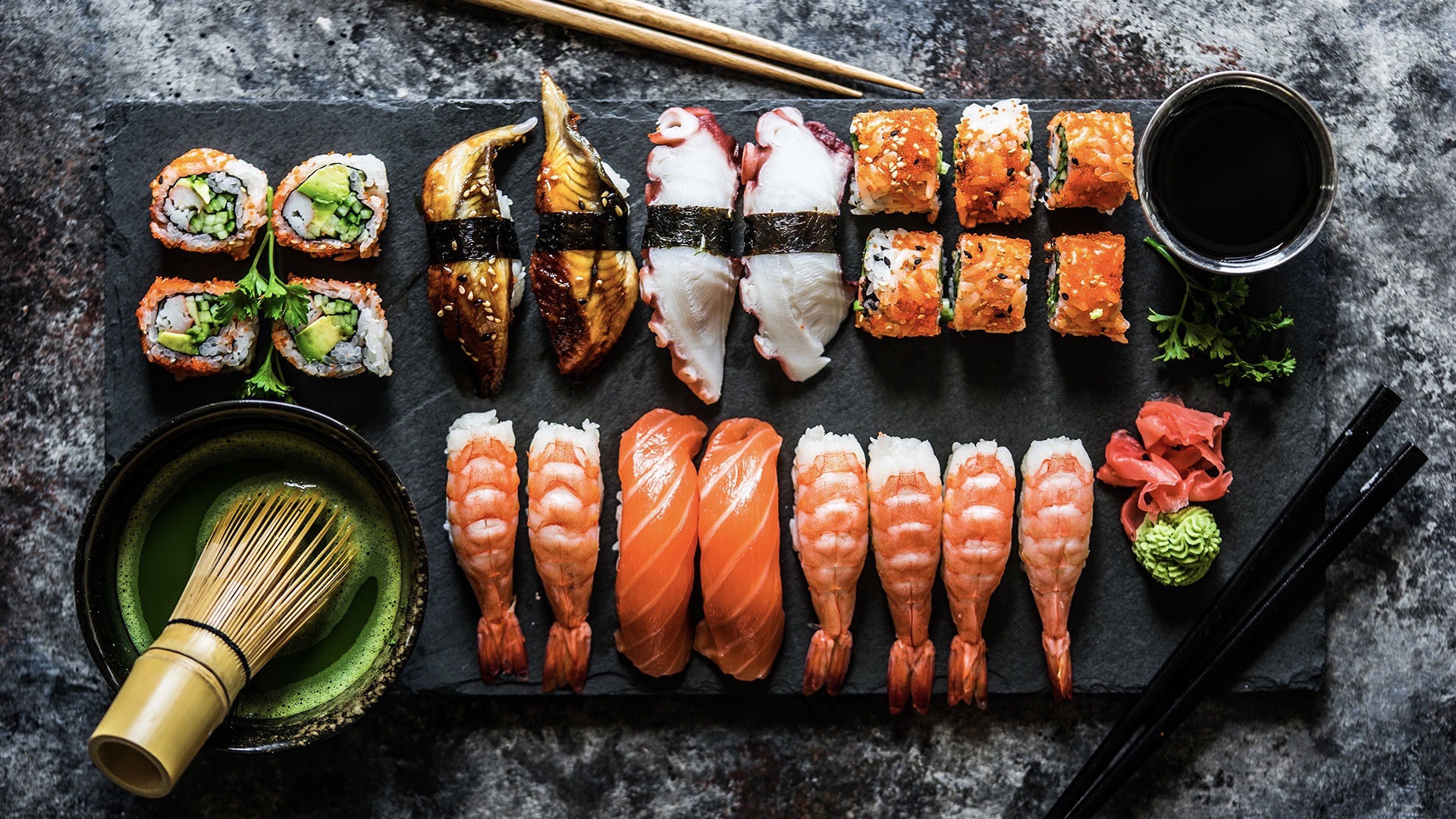
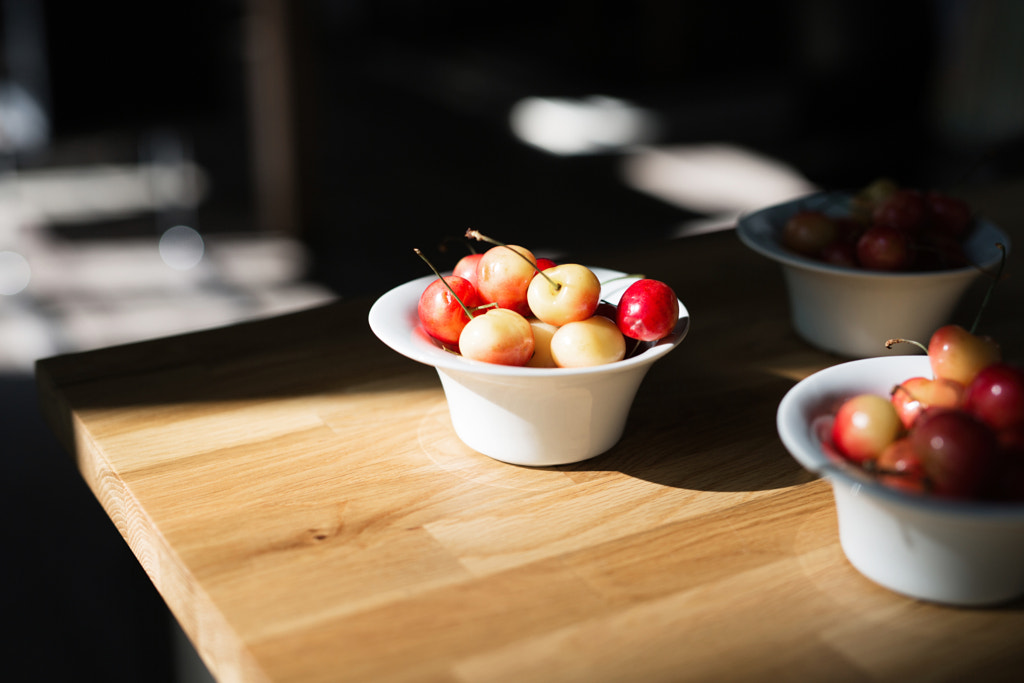
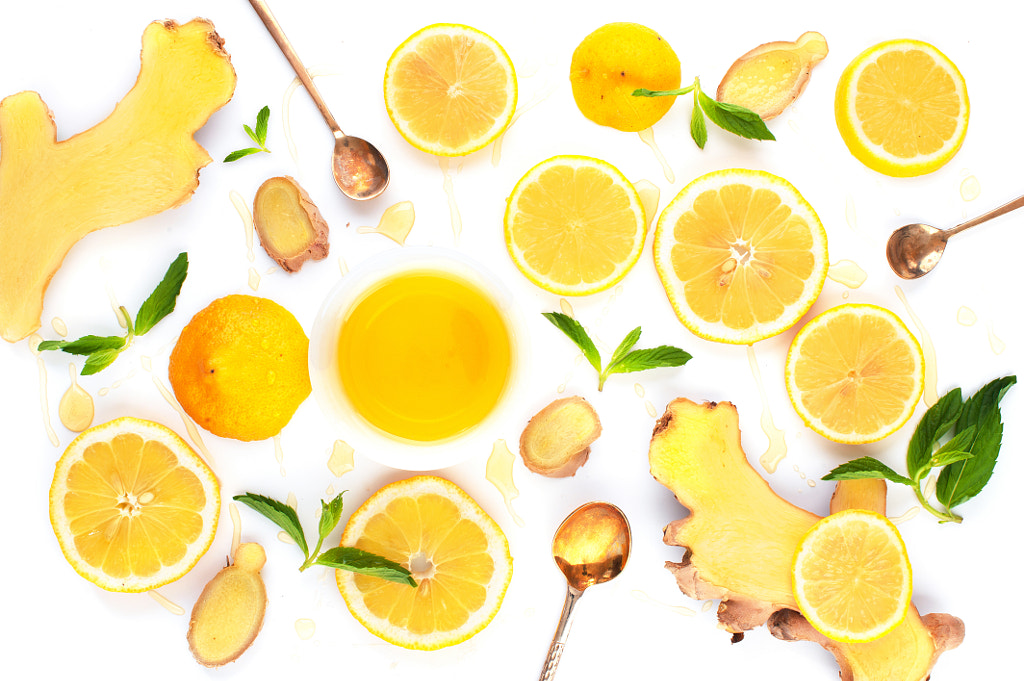

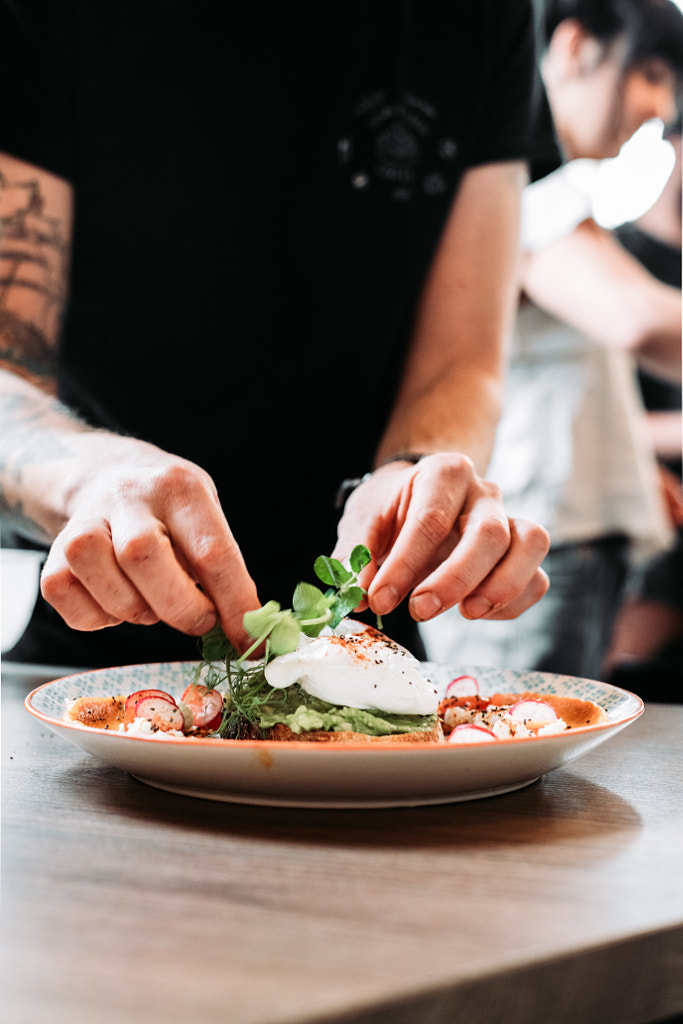
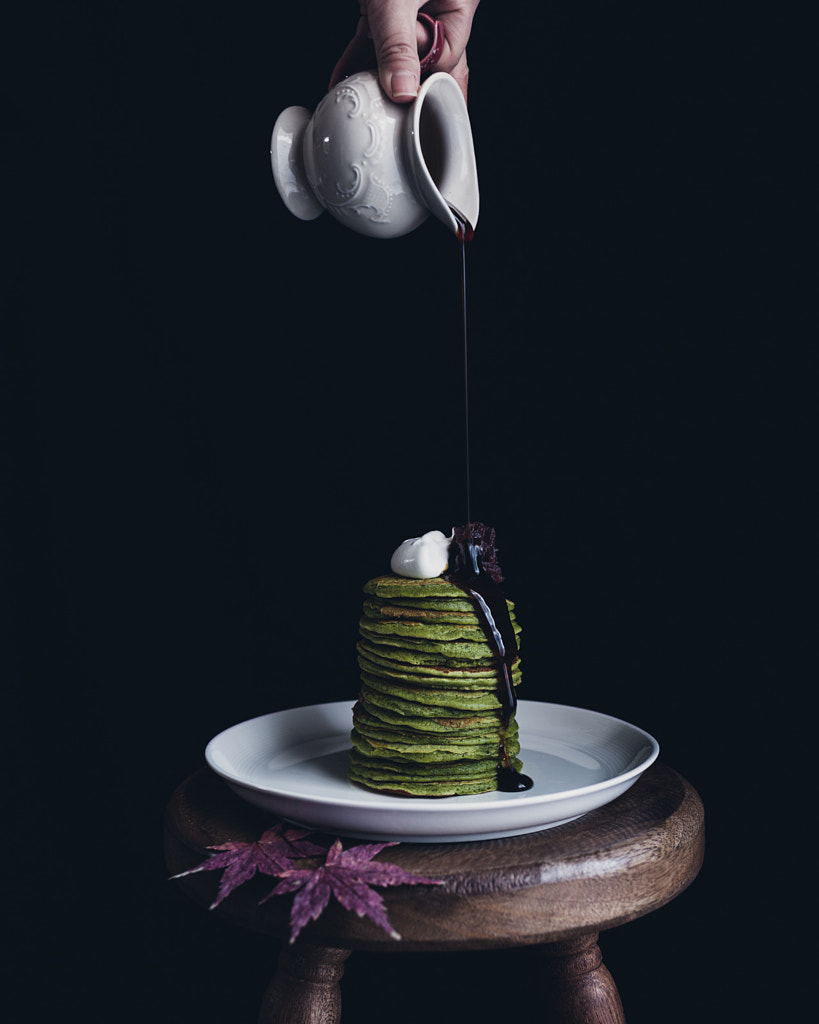

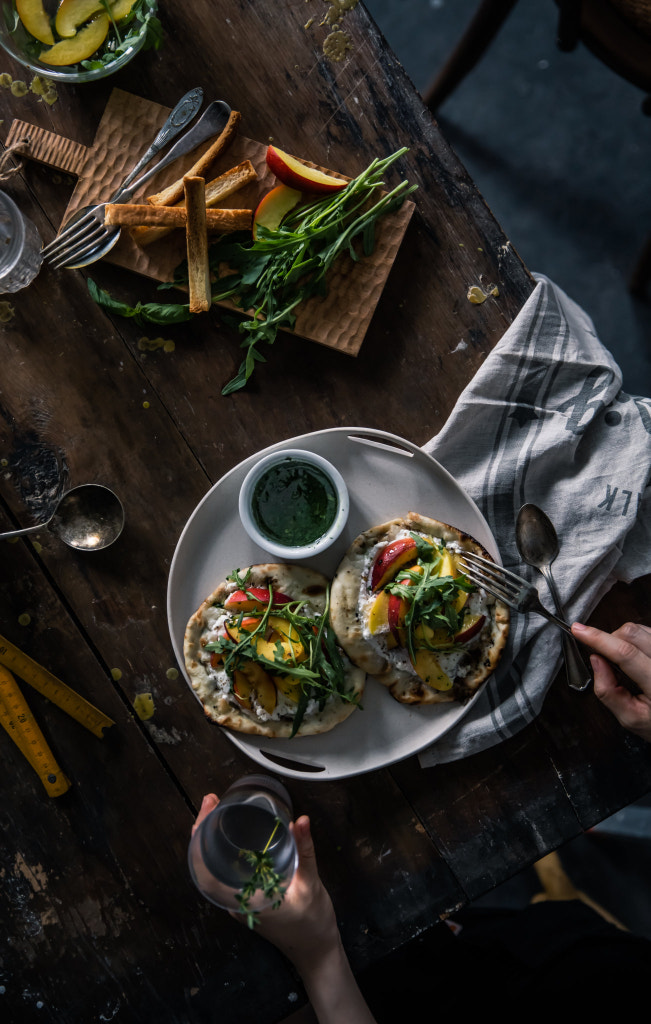
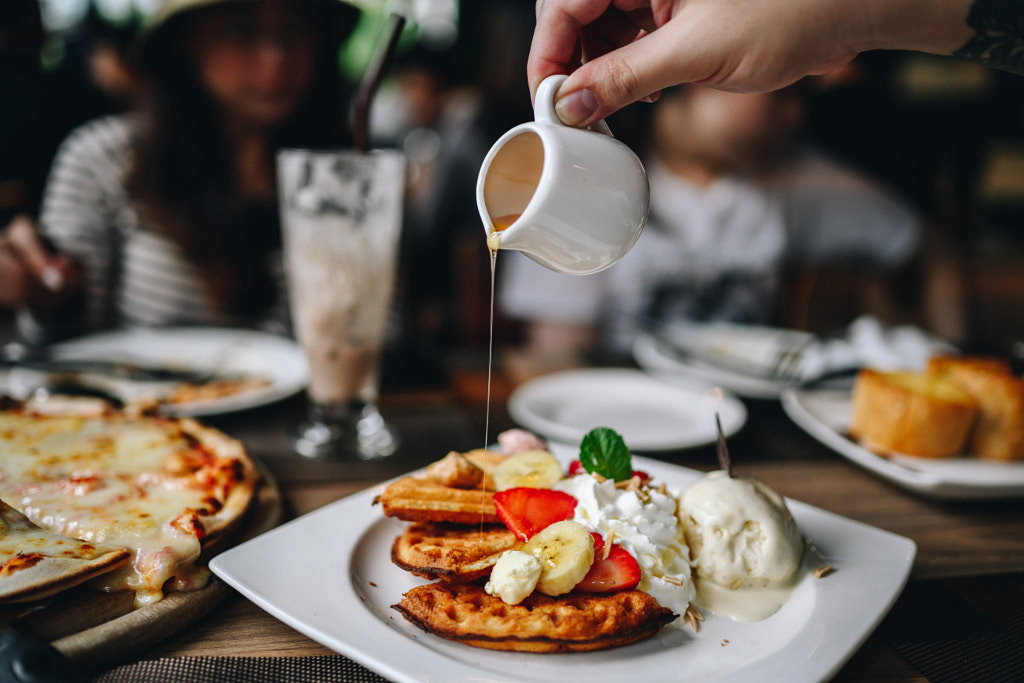
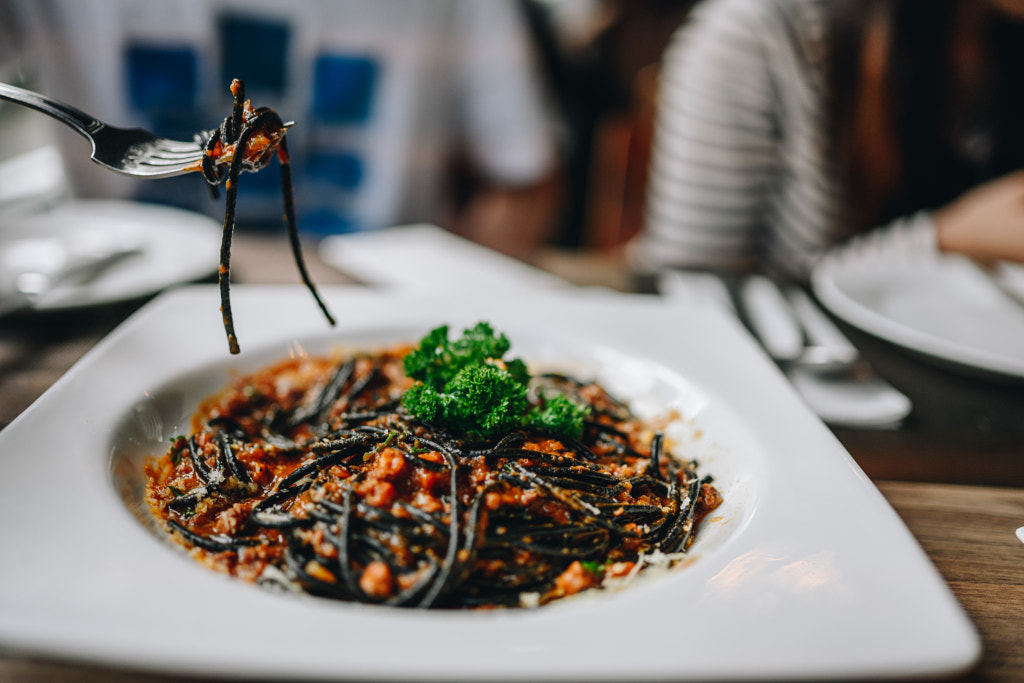
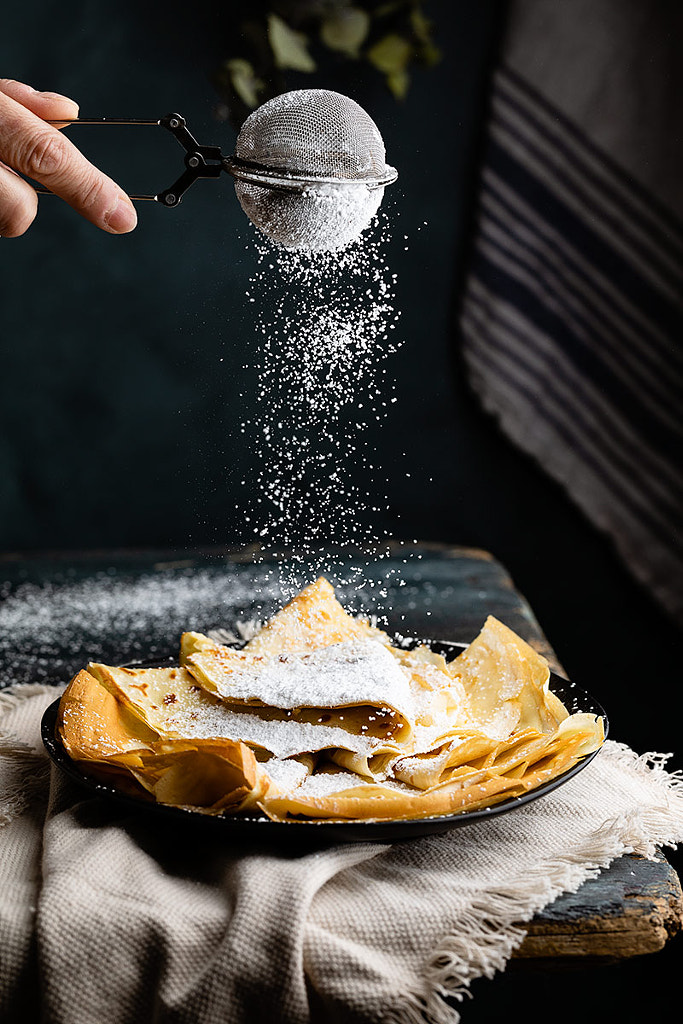
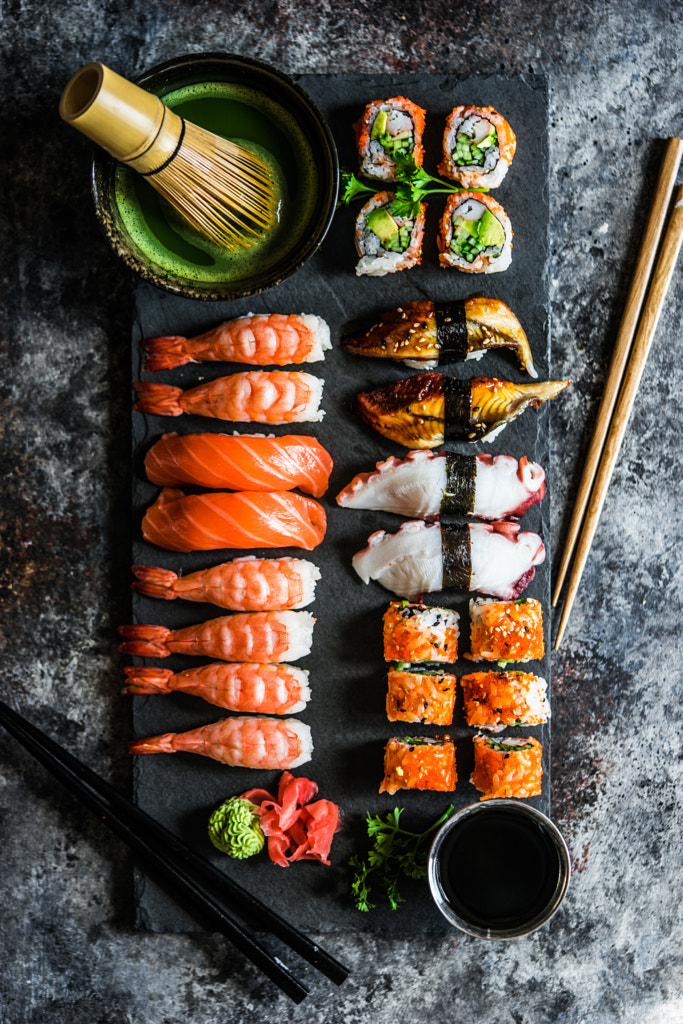




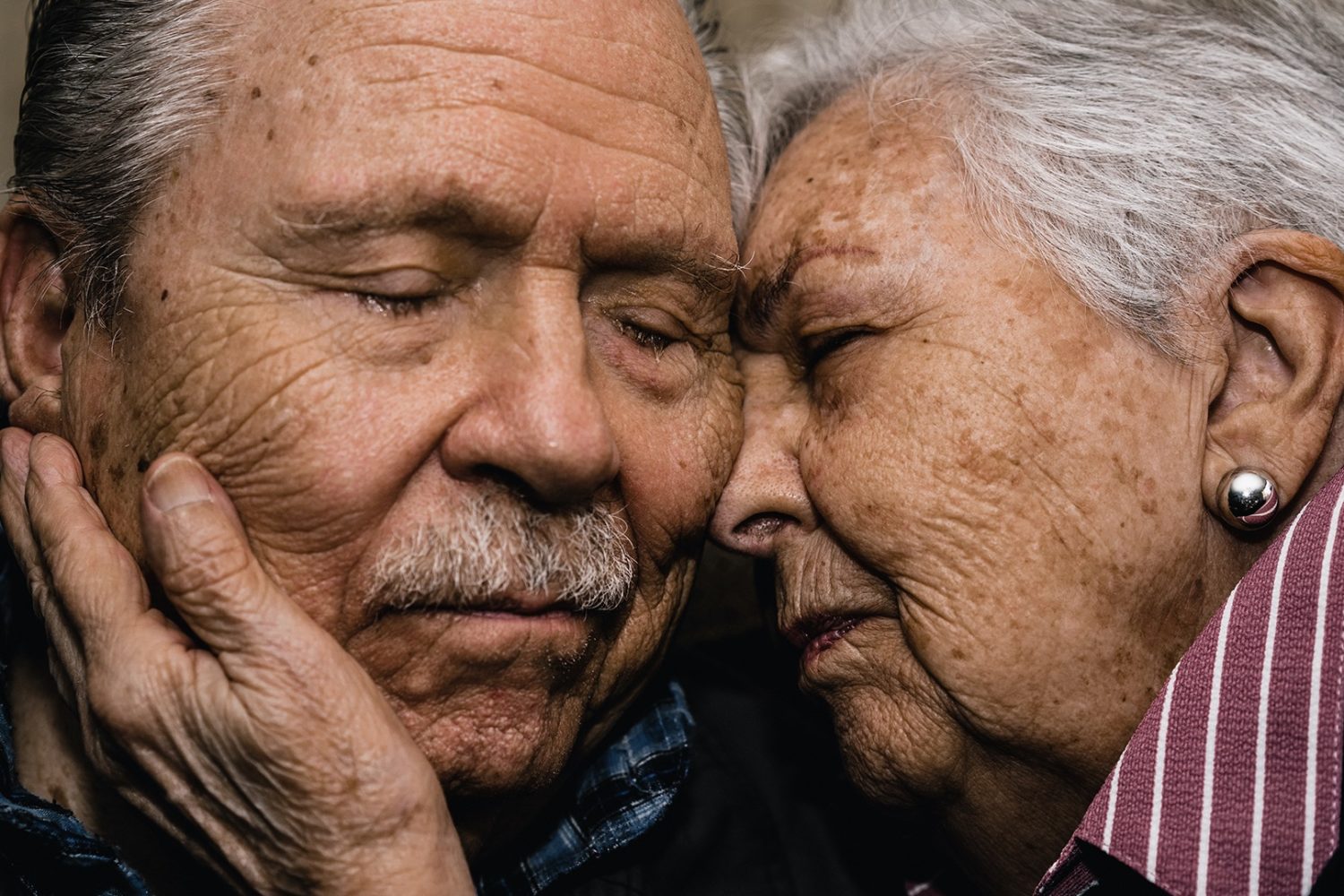
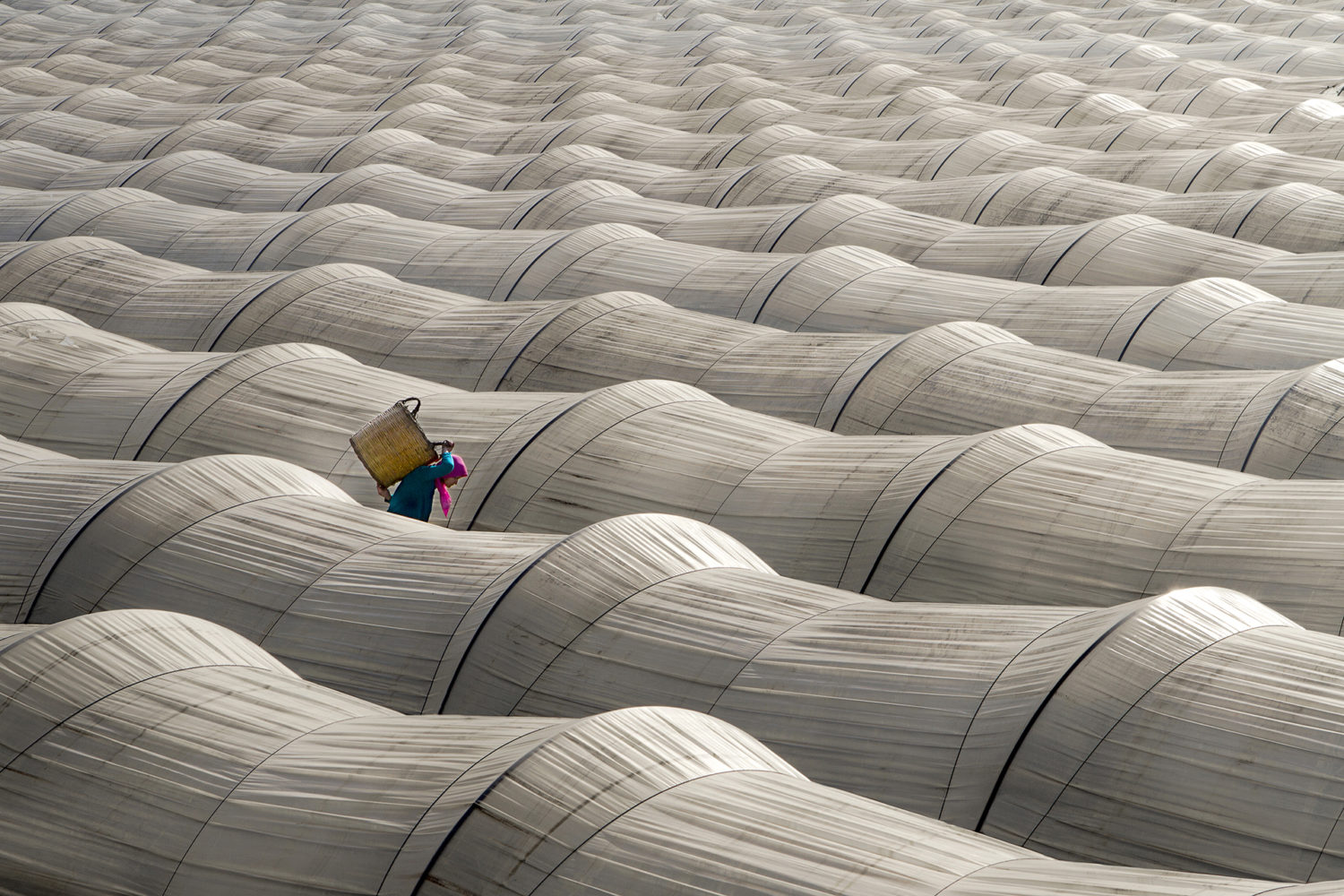
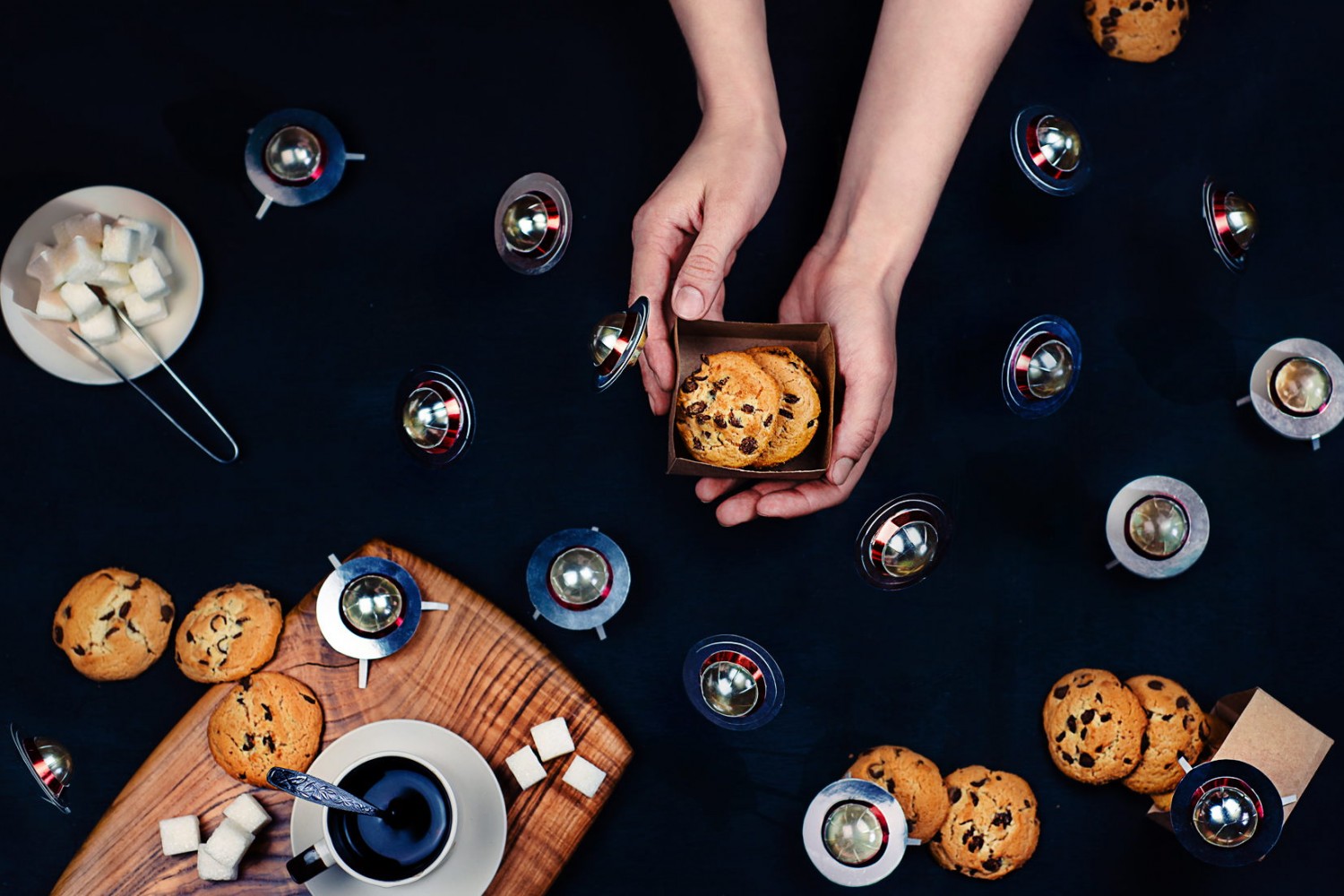


Leave a reply